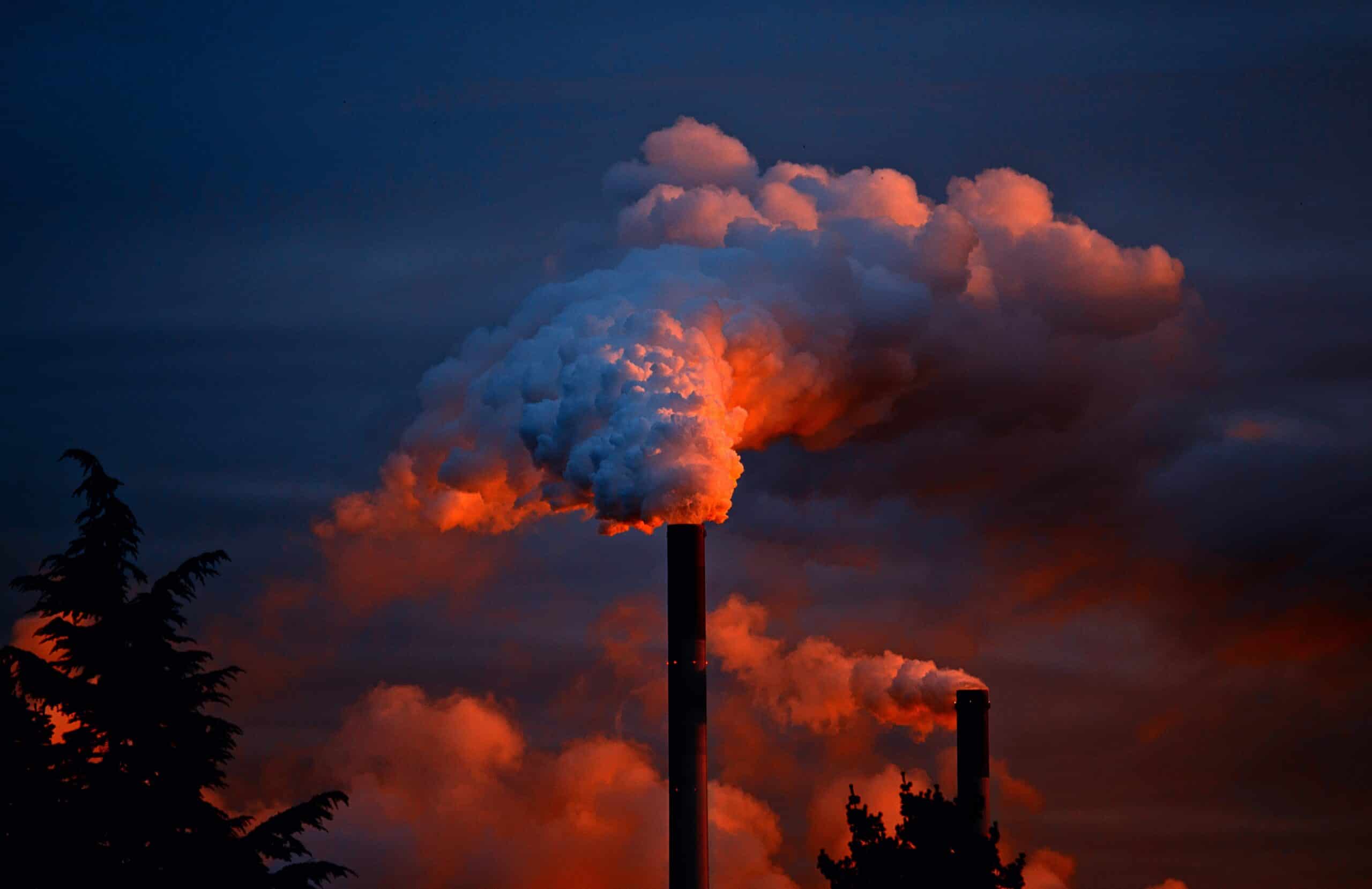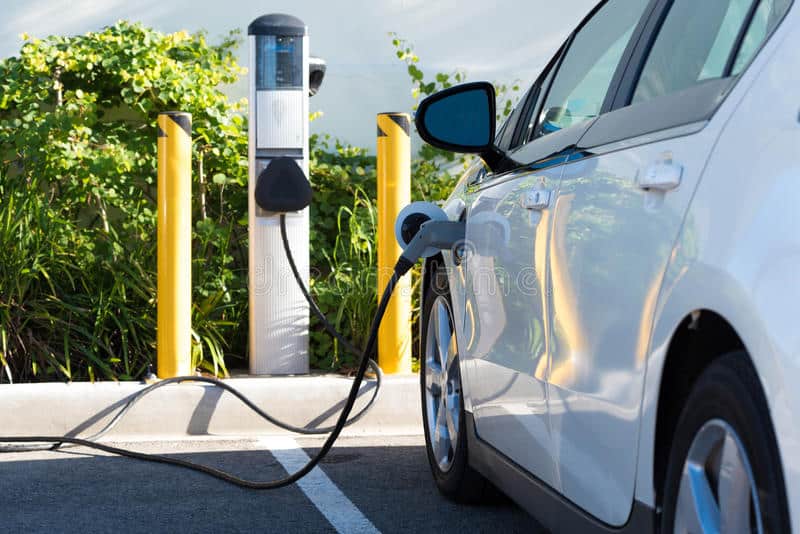Gross domestic product (GDP) is a measure of the total value of goods and services produced in an economy over a given period of time. Disaster recovery can have an impact on a country’s GDP through a number of different channels:
- Increasing government spending: Government spending on disaster recovery, such as rebuilding infrastructure and providing aid to affected communities, can increase GDP. The money spent on recovery efforts goes to businesses and individuals who then use that money to purchase goods and services, which in turn increases economic activity.
- Creating jobs: Disaster recovery efforts can also create jobs, which increases GDP. Rebuilding damaged buildings and infrastructure can create jobs for construction workers, engineers and architects, and the recovery process can also create jobs for other service providers like healthcare and social workers.
- Improving productivity: Disaster recovery efforts can also improve productivity, increasing GDP. Rebuilding damaged infrastructure such as roads, bridges, and public buildings can make it easier for people and businesses to move goods and services around, boosting economic activity.
- Boosting consumer and business confidence: Disaster recovery can also boost consumer and business confidence, leading to increased spending and investment, boosting GDP.
The budget for FEMA has increased primarily due to increased disaster recovery, with funding levels varying depending on factors such as the number and severity of natural disasters and broader budget considerations at the federal level. In the years following major disaster events, like Hurricane Katrina in 2005 and Hurricane Sandy in 2012, the agency’s budget has increased to help fund disaster relief and recovery efforts.
In 2010, the budget for the agency was around $4.5 billion, whereas one year later in 2011, the budget was $3.7 billion. After the 2011 disaster events, the budget increased to $5.1 billion in 2012 and $5.5 billion in 2013. From 2014-2016, the budget remained around $5 billion, but in 2017, due to the multiple hurricanes Harvey, Irma, and Maria the budget was increased to $7.1 billion. In 2018, the budget was around $7 billion and in 2019 it was $7.5 billion. In 2020, due to the COVID-19 pandemic, the budget was increased to $8.3 billion. while actual housing damages from Hurricane Sandy were $4.7 billion. A spatially precise catastrophe model indicated that Sandy’s effects on New York City’s housing would really be $4.2 billion suggesting additional costs could be excessive costs being charged for recovery and rebuilding efforts.
The Federal Emergency Management Agency (FEMA) does not typically return unused funds to the federal government. The agency is allocated funding through the federal budget process, and the funds are intended to be used for disaster relief and recovery efforts. The funding is based on estimates of the needs for a given fiscal year and budget request, but the actual funds used may vary from the budget request due to the appropriations process.
Disaster recovery can create opportunities for businesses to make a profit, as the rebuilding and repair of damaged infrastructure, buildings, and homes can generate demand for goods and services. Businesses that provide products and services related to construction, engineering, and architecture can benefit from increased demand for their services following a disaster. Additionally, businesses that provide products and services related to logistics, transportation, and communication can also benefit from the increased demand for their services during the recovery process.









